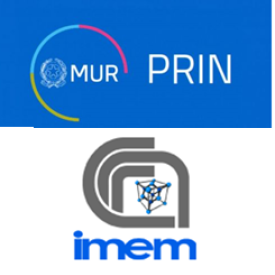Three-dimensional silk fibroin bioactive composite scaffolds functionalized with aptamers for bone regeneration: from bench to pre-clinical testing (3D SILK) aims at creating a suitable scaffold with good biocompatibility, osteoconductivity, mechanical strength/internal architecture and endowed with biological stimuli to support the long lasting needing of bone regenerative materials. The main innovation of the proposed project is the combination of a composite biomaterial of Silk Fibroin (SF) and beta-tricalcium phosphate (BCTP) with anti-fibronectin aptamers, with the idea to create a selective coagulum that acts as stimulating factor for cell recruitment and colonization of the graft. This might lead to the creation of a novel array of grafting and bioactive materials, that could be applied also in the clinic in both dental and orthopedic field, due to the necessity to have a good bone regeneration. Although the minimum goal of the project is to design novel strategies for creating a sustainable and cost-effective biomaterial for all the applications with bone, the activity goes through various steps aimed at providing implantable scaffolds fulfilling the specifications required for the approval for their use in vivo.
The project is organized into 3 main working blocks that provide for the SF/BCTP-based biomaterials synthesis, with the mechanical/physico-chemical testing and aptamers functionalization, the in vitro evaluation of cell response on SF/BCTP and SF/BTCP/ apt scaffolds, and finally the in vivo testing of optimized SF/BCTP scaffolds.
The project progress towards the final objective is measured by 6 intersected milestones (MS): MS1-Synthesis of SF/BTCP composite scaffolds; MS2-Evaluation of mechanical/chemico-physical properties of the scaffolds and selection for in vitro testing; MS3-SF/BTCP selected scaffold functionalization with anti-fibronectin aptamers; MS4-Evaluation through in vitro testing of scaffolds appropriateness for in vivo analysis; MS5-In vivo and ex vivo testing of the biomaterial; MS6-Papers writing and publication.
Unità di Ricerca:
Università degli Studi di Parma, Dip. Medicina e Chirurgia
Consiglio Nazionale delle Ricerche- Istituto dei Materiali per l’Elettronica e Magnetismo, CNR- IMEM
Università degli Studi di Trieste, Dip. Scienze Mediche, Chirurgiche e della Salute
Finanziato dall’Unione europea – Next Generation EU










